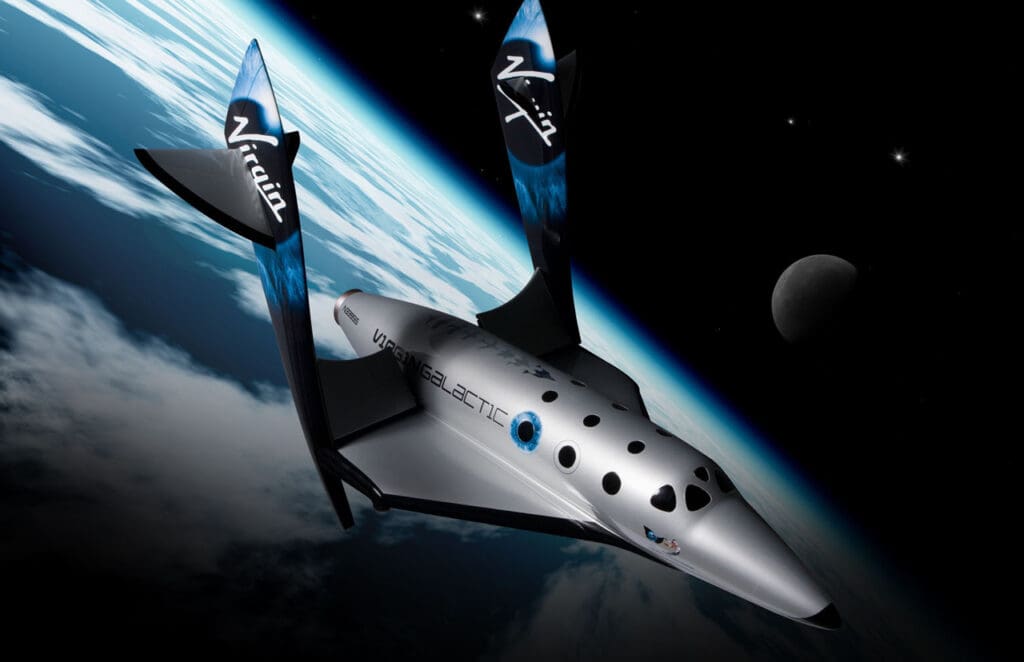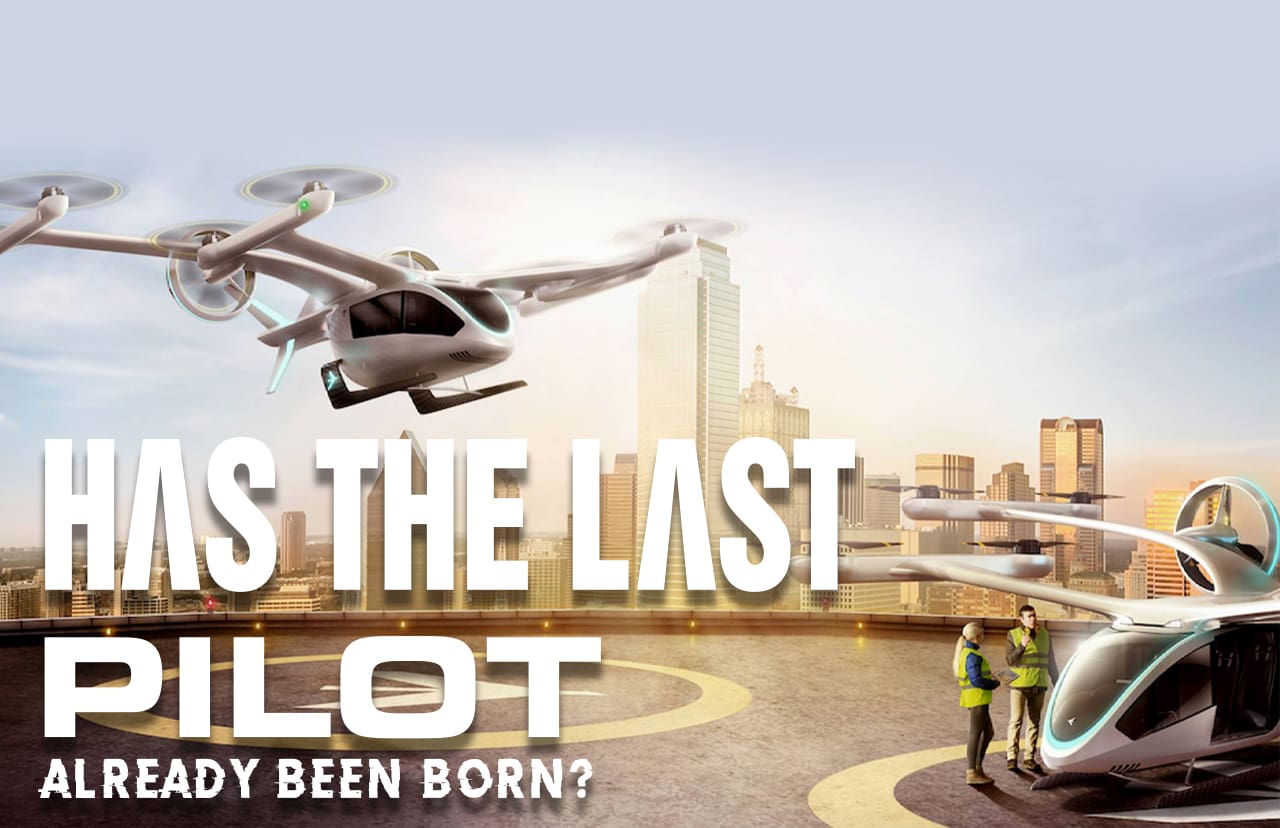In the dynamic aviation industry, giants strive to create eco-friendly, cost-effective aircraft to combat global warming. Electric propulsion, hypersonic travel, and pilotless planes are pushing boundaries. Imagine a world where the sky becomes a realm of autonomous choreography, where trust in technology meets human ingenuity. Such a vista demands an unwavering devotion to enhancing collaboration, streamlining processes, and developing advanced algorithms capable of anticipating every conceivable scenario with unwavering precision. The key question remains: will passengers embrace pilotless flights? Trust, safety concerns, and seamless air traffic control are challenges. A world with pilotless planes is possible, but rigorous testing and safety measures must earn our trust for this vision to take flight.
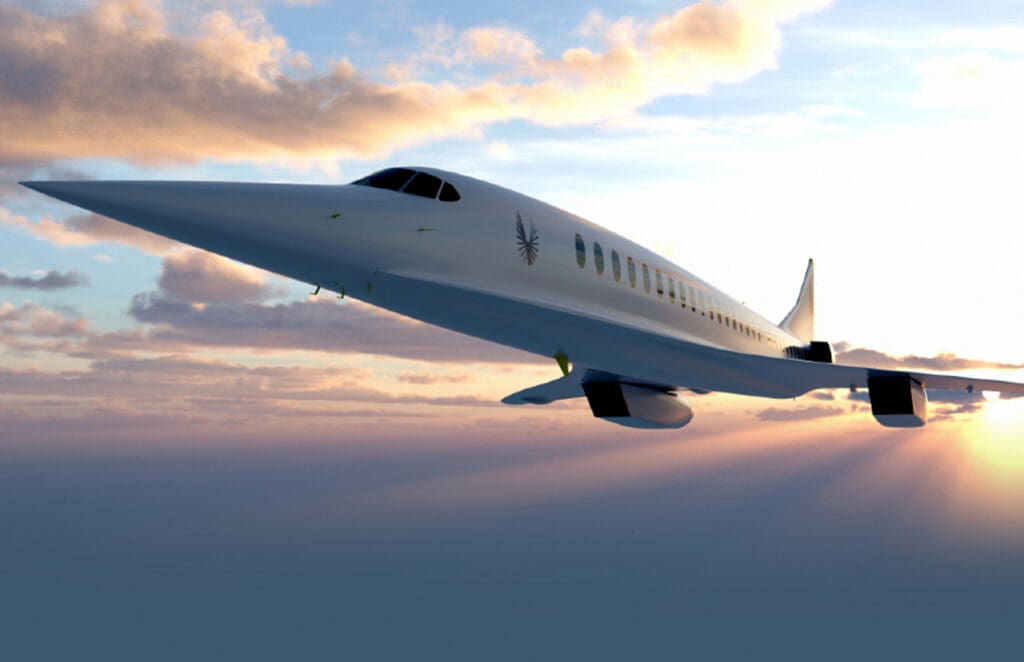
As a young boy growing up in various Pakistan Air Force air bases, I was immersed in the world of fighter aircraft due to my father being a fighter pilot. The sheer presence of these magnificent flying machines, coupled with the bravery displayed by their pilots in their impressive gear, left an indelible mark on my impressionable mind. The idea of soaring through the skies at supersonic speeds and executing breathtaking aerobatics consumed my thoughts during those formative years. However, as I grew older, I discovered that my eyesight did not meet the required standards for fighter pilots, leading me to choose a different path as a Systems Engineer instead. Although my profession now lies in Systems and Artificial Intelligence (AI) in Australia, my passion for flying remains intact. As someone deeply passionate about aviation and an avid recreational flyer, combined with my work experience, I humbly aim to analyse and visualize the future of aviation in general.
The progression from the Wright Brothers’ first flight to the utilization of jets in warfare occurred in a remarkably short span of fifty years. A mere two decades later, mankind accomplished the extraordinary feat of landing on the moon. While this pace may seem slow to aliens equipped with anti-gravity technology, for us humans, it was an astronomical achievement considering the materials and principles of physics available to us. Technological advancements have led to improved automation and computational capabilities, which greatly assist pilots in their duties. I remember as a kid how my father used to show me a rudimentary way of calculating distances for his practice bombing runs with printed charts and wooden scales having to rely on an unreliable compass to achieve mission success. Since then, both military and commercial aircraft have come a long way and are now equipped with clever and intelligent tools to assist pilots. With the abundance of processing power available on board today, pilots are assuming more monitoring roles, especially in commercial aircraft. In fact, during an average eight-hour commercial flight, the actual hands-on flying time amounts to a mere thirty to forty minutes! This prompts a serious question: Are pilots truly necessary? Would you feel comfortable embarking on a long-haul flight if no one was at the controls? The notion is undeniably unsettling.
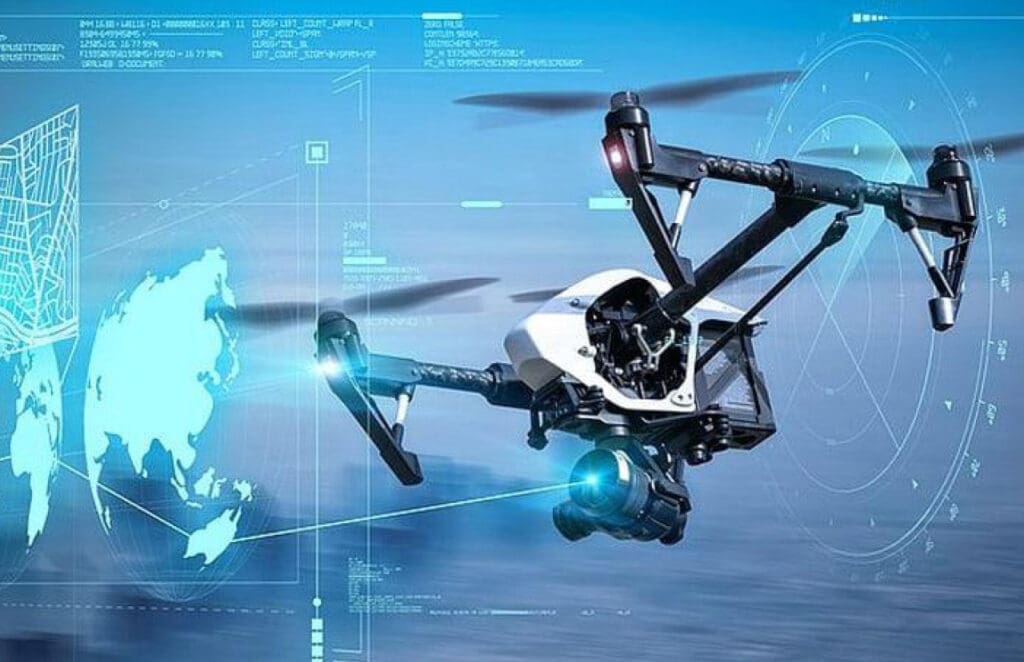
Autonomous planes are on the brink of integration into commercial aviation due to their cost-saving and affordability potential, with airlines projected to save up to $35 billion annually by adopting pilotless aircraft. Though passenger acceptance may require time, airlines are also actively exploring hybrid and electric planes to not only reduce emissions but also enhance overall cost-efficiency in their operations.
The progress in battery technology has paved the way for the development of electric and hybrid aircraft, allowing for increased energy storage capacity and extended flight durations. In the case of electric aircraft, onboard batteries power the electric motors, eliminating the reliance on fossil fuels and significantly reducing the carbon footprint of air travel. On the other hand, hybrid aircraft combine electric and traditional fuel-powered engines, providing flexibility and an extended range. Conventional engines can serve as backup power sources or support the electric systems during high-power demand phases, such as take-off or climbing.
This hybridization strikes a balance between sustainability and practicality, ushering in a new era of greener and more environmentally friendly aviation.
Next comes the need for speed – While supersonic aircraft have long dominated military aviation, commercial aircraft have traditionally remained subsonic, except for the remarkable Concorde which has now been decommissioned. Since then, no supersonic airliners have been in service. But the future is about to change as companies like Boom Supersonic are ushering in a new era with innovative aeronautical technologies and plans to introduce a supersonic airliner of their own by 2030! Aviation engineers and designers are working hard to overcome the difficulties of high speeds and are researching hypersonic flights as well. A hypersonic aircraft goes much faster than the speed of sound and faces complex issues like very high temperatures and pressures. It has the potential to revolutionize aviation by enabling incredibly fast travel, but there are still technical, safety, and economic challenges that need further research to overcome.
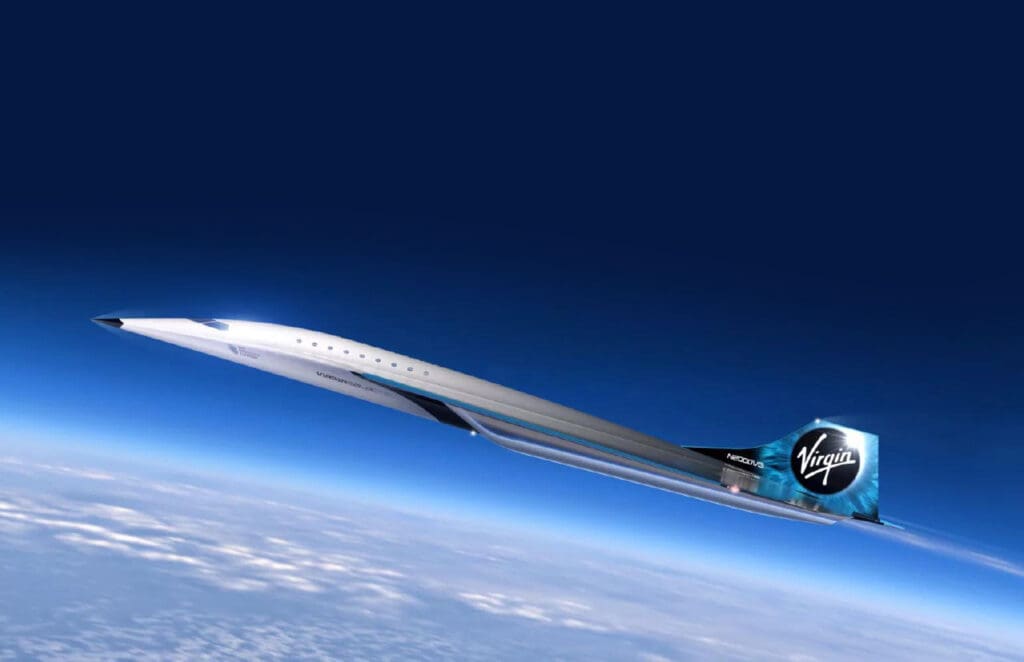
Another significant facet of aviation advancements is the rise of space tourism. It represents a remarkable milestone in the industry, enabling civilians to experience the wonders of space travel. Space tourism, once a sci-fi fantasy, is now a thrilling reality, thanks to private space companies like Virgin Galactic. With innovative spacecraft and a visionary approach, they have made space travel accessible to more people, sparking renewed interest in exploring the cosmos. Space tourism companies today offer extraordinary journeys, fulfilling personal dreams while advancing space exploration. The future of space tourism holds immense potential for discovery, growth, and expanding human horizons.
Thus far, we have discussed how in just over 100 years, aviation has made incredible progress. We went from learning to fly and then to flying faster, and farther. Aviation is a shining example of innovation and is now one of the safest and most reliable modes of transportation in the world. Currently, there are over 100,000 commercial flights happening worldwide every day, with more than 400 departures per hour! This rapid growth however coupled with increasing air traffic creates significant challenges not only for pilots but also for air traffic management systems. The continuous surge in air travel requires effective coordination, reliable infrastructure, and highly skilled professionals to ensure safe and efficient flight operations. To meet these demands, the aviation industry must continuously advance technology, implement innovative solutions, and streamline procedures to uphold safety and effectiveness even outside the cockpit.
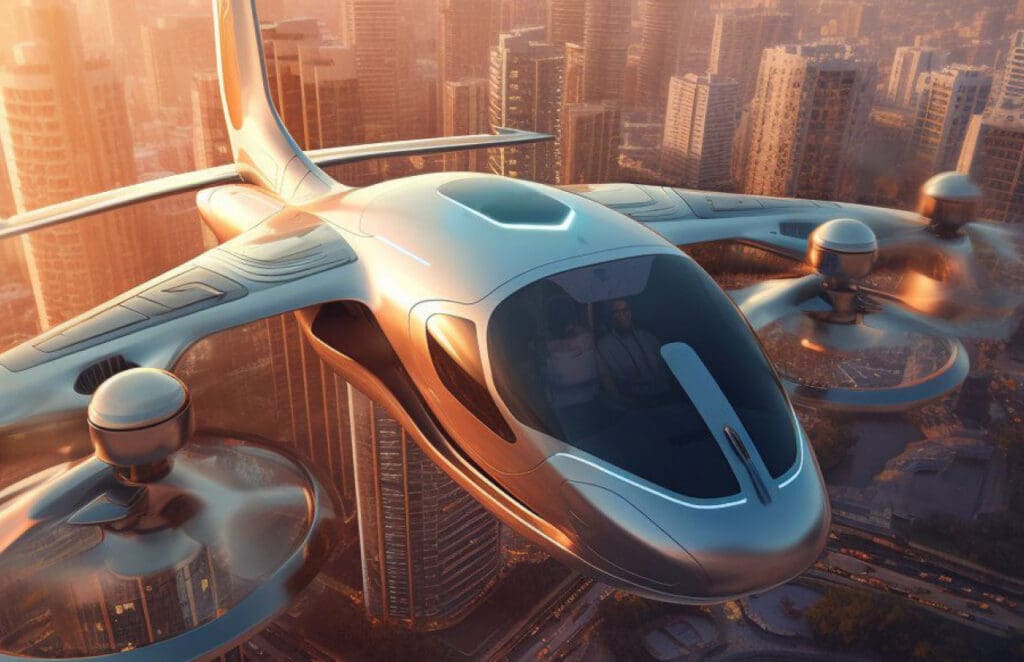
In today’s rapidly evolving world, air traffic controllers play a crucial role in guiding aircraft safely through the skies, and maintaining direct communication with pilots via radio transmissions. However, the current human-centered system is struggling to keep up with the exponential growth of commercial air traffic, not to mention the projected expansion of unmanned and self-piloted operations. To address this challenge, an autonomous air traffic management system is imperative. Airbus, a pioneering force in the aviation industry, leads the way with cutting-edge Unmanned Traffic Management (UTM) technologies. UTM revolutionizes the integration of Unmanned Aerial Systems (UAS) with traditional aircraft, operating as a decentralized and scalable network of services. Through advanced automation and AI, UTM ensures safe airspace operations, efficient traffic flow, and compliance with aviation regulations. It enhances situational awareness, enables real-time decision-making, and fosters effective coordination between manned and unmanned aircraft, facilitated by collaboration and information sharing among stakeholders. UTM opens new possibilities for drones and unmanned aircraft in our airspace, with safety, efficiency, and collaboration at its core, shaping the future of aviation and unleashing exciting opportunities in the field of unmanned aerial systems.
In conclusion, the future of aviation is poised for remarkable advancements and transformative changes. Sustainable aviation fuels, advanced materials, and design innovations are boosting efficiency and performance in aviation. Additionally, the evolution of air traffic management systems, including the integration of unmanned traffic management, ensures safer and more efficient operations. Passengers can look forward to a revolutionized experience with enhanced cabin designs, improved in-flight entertainment, and better connectivity options. While these advancements may take time to fully materialize, the future of aviation shows great promise, aiming for greener, smarter, and more seamless air travel experiences. Moreover, the advent of autonomous commercial aircraft will offer commercial attractiveness by reducing flight crew costs, addressing pilot shortages, and providing added flexibility. The future of aviation is certainly bright and as it unfolds, one burning question soars above the rest: Has the last pilot already been born?
